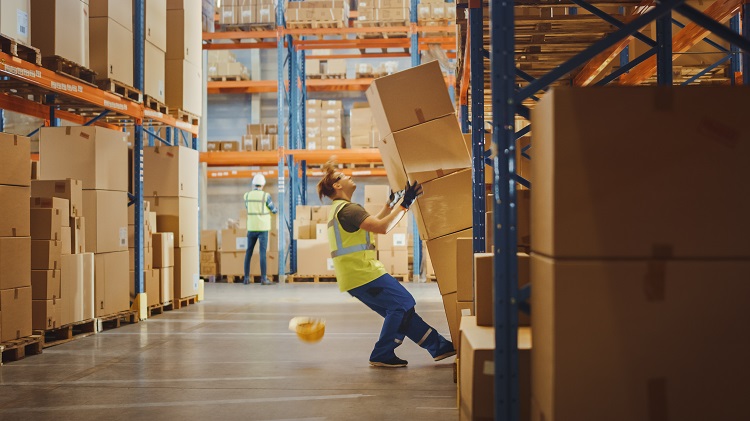Working as a junior architect, safety is a constant concern. It’s something that needs to be baked into every design, and also into the culture of every workplace.
While it would be nice if we could make every day at work perfectly safe for everyone, in practice safety is an ongoing struggle, which requires many small measures to be taken. Cumulatively, these measures can make a real difference to safety, and in reducing the risk of injury at work.
Table of Contents
Tips for minimising risk
Let’s take a look at a few effective ways to make the workplace safer.
Wear the appropriate PPE
Different workplaces will demand different kinds of personal protective equipment. Your employer should have put into place clear guidelines, if your workplace is one where a certain kind of PPE is necessary.
Follow these guidelines. In some cases, you might want to even go beyond them.
Stay informed and trained
Best practice when it comes to health and safety is constantly shifting. It’s therefore worth keeping yourself on top of the issue, and aware of the latest safety regulations and procedures that apply to the industry you’re working in.
Maintain a clean and organised workspace
Many health and safety issues stem from a lack of order. You might think of trailing cables in a busy workshop, which increases the risk of a trip or fall. But a similar kind of risk applies also in office environments, where clutter can lead to fire hazards and other problems.
Be mindful of construction site hazards
Architecture demands not only thinking about how a structure will function when it’s finished, but also the process of getting it to completion. A construction site is, by its nature, brimming with potential hazards – from sharp blades to heavy loads to scaffolding.
The greatest danger on a site, naturally, is a lack of vigilance. If you should find yourself on a site, you should take the danger seriously. Wear a hard hat and a high-visibility vest, and make sure that you’re adhering to the safety guidance.
Document incidents and report safety concerns
Finally, we should think about the process by which safety in the workplace is improved. Hazards must be observed and reported before they can be eliminated. By documenting any incidents you witness, and pro-actively taking note of any practice or situation you judge to be unsafe, you’ll give your employer the chance to correct the problem, and make future workers safer.
Conclusion
Workplace safety is something that can make a significant difference, not only in the quality of someone’s life, but in the overall levels of productivity and morale in the workplace in question. Employers have a legal duty to take it seriously – and everyone has a moral duty to do so!

